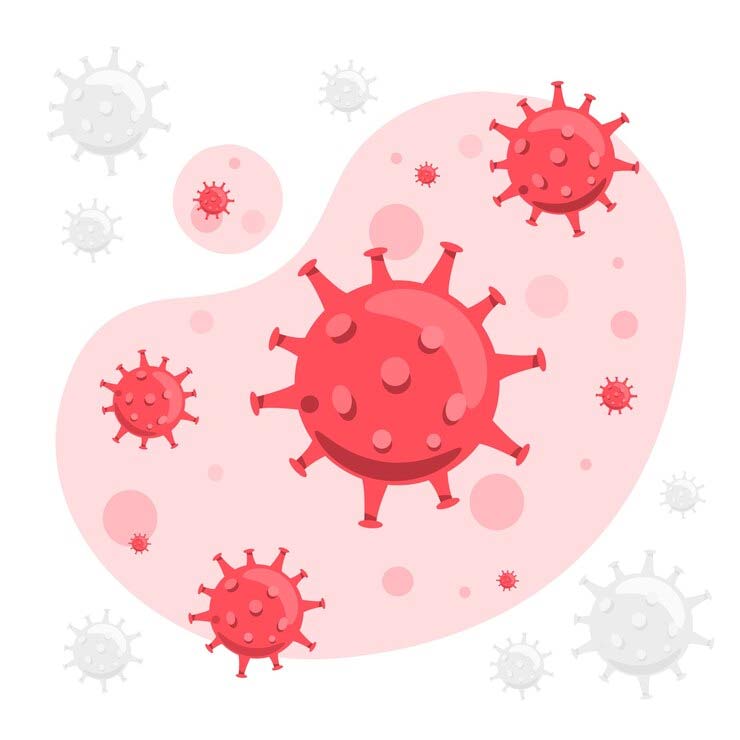Sexually transmitted infections are prevalent in young adults these days and health risks and awareness regarding the same has become essentia. Two most common STIs are Human Papillomavirus (HPV) and Herpes Simplex Virus (HSV).
To understand this OnlyMyHealth team interacted with Dr. Mandeep Singh Malhotra, Director of Surgical Oncology at CK Birla Hospital, Delhi.
How Are STIs Transmitted

Dr Singh said, “HPV can primarily be transmitted through skin-to-skin contact during vaginal, anal, or oral sex. Even indirect contact with infected skin can spread certain types of HPV. While HSV can be transmitted through direct contact with infected skin or mucous membranes, mainly during oral, genital, or anal sex. Skin-to-skin contact without sexual activity can also transmit HSV-1 in some cases.”
According to Dr Singh, HPV symptoms are often asymptomatic, especially in men. “Women with persistent high-risk HPV infection may experience abnormal cervical cell changes detectable through Pap smear tests. Certain HPV types cause genital warts, visible as cauliflower-like bumps on the genitals or anus,” he said.

“Whereas HSV presents with symptoms in about 60% of cases, including blistering sores around the mouth or genitals, accompanied by pain, burning, and itching. The initial outbreak can be severe, followed by recurrent episodes throughout life, though often less intense,” Dr Singh said.
Type Of HPV And HSV
Dr Singh said, “There are over 200 types of HPV that exist and are categorized as high-risk or low risk based on their association with cancer development. High-risk HPV types are linked to cervical, anal, vaginal, vulvar, penile, and oropharyngeal cancers. Low-risk HPV types primarily cause genital warts.”

According to Dr SinghThere are two main types of HSV, HSV-1, typically causing oral herpes ("cold sores"), and HSV-2, responsible for genital herpes. Both can spread to different areas, leading to oral-genital transmission. While primarily an annoyance, severe complications like meningitis, encephalitis, and neonatal herpes can occur in rare cases.
Vaccination against specific high-risk HPV types is highly effective in preventing cervical cancer and other HPV-related malignancies. Safe sex practices, including condom use, can further reduce transmission risk. For HSV no cure exists, but antiviral medications can suppress outbreaks and reduce transmission risk. Consistent condom use throughout infected periods is crucial for prevention.
Management And Treatment

HPV: No specific treatment exists for the virus itself. However, management focuses on addressing symptoms and preventing complications.
Genital warts: Topical medications, cryotherapy, laser treatment, or surgical removal.
Cervical cancer prevention: Regular Pap smears and potential treatment of abnormal cell changes.
HSV: Antiviral medications like acyclovir, valacyclovir, and famciclovir can shorten outbreaks and reduce frequency. Suppressive therapy can further decrease transmission risk.
While HPV and HSV share some similarities, understanding their distinct characteristics is important for informed decision-making regarding sexual health. Vaccination for HPV and responsible sexual practices, including condom use, remain key preventive measures. Consulting a healthcare professional for diagnosis, management, and personalized guidance is essential for anyone concerned about STIs. Early detection and appropriate treatment can significantly reduce the risk of complications associated with both HPV and HSV.